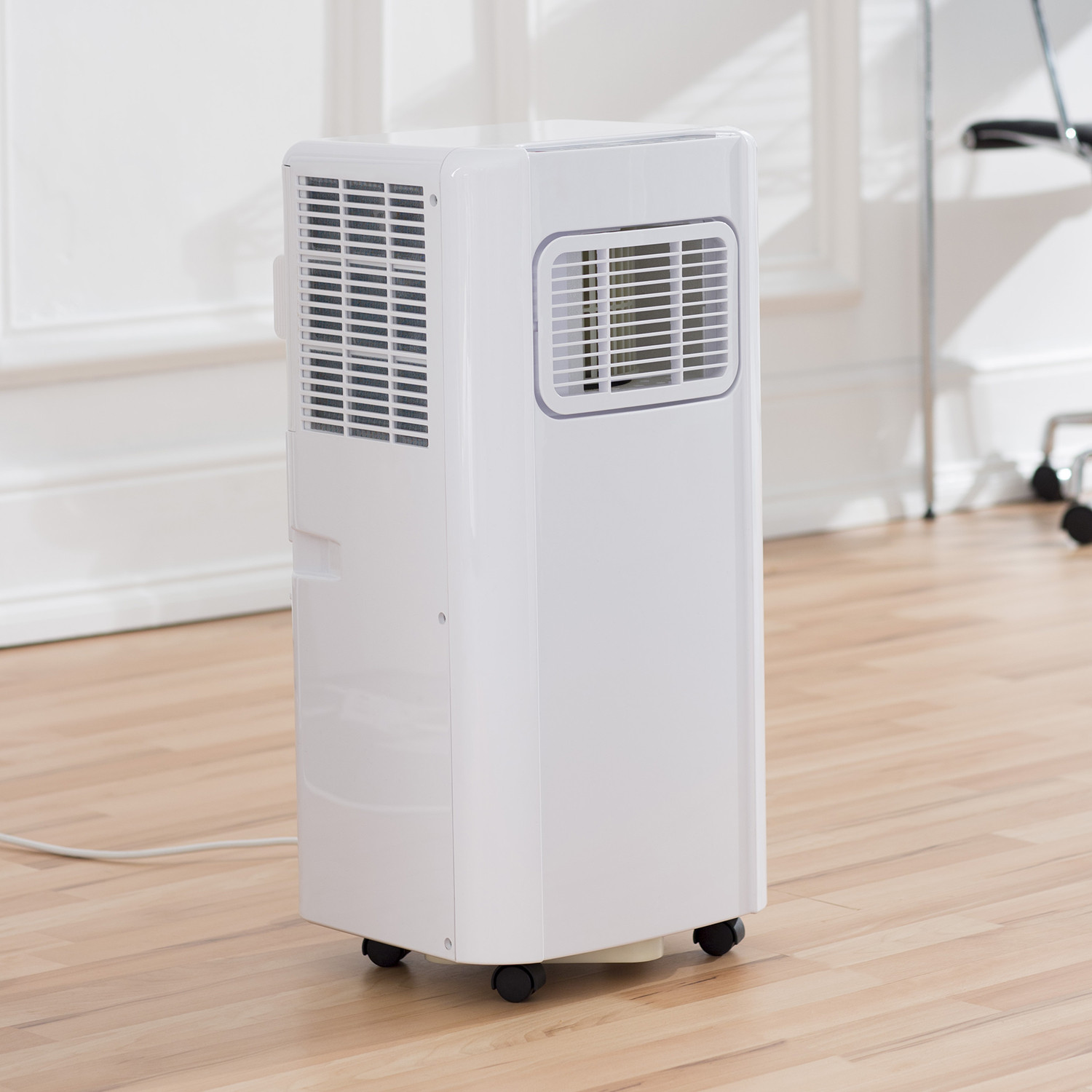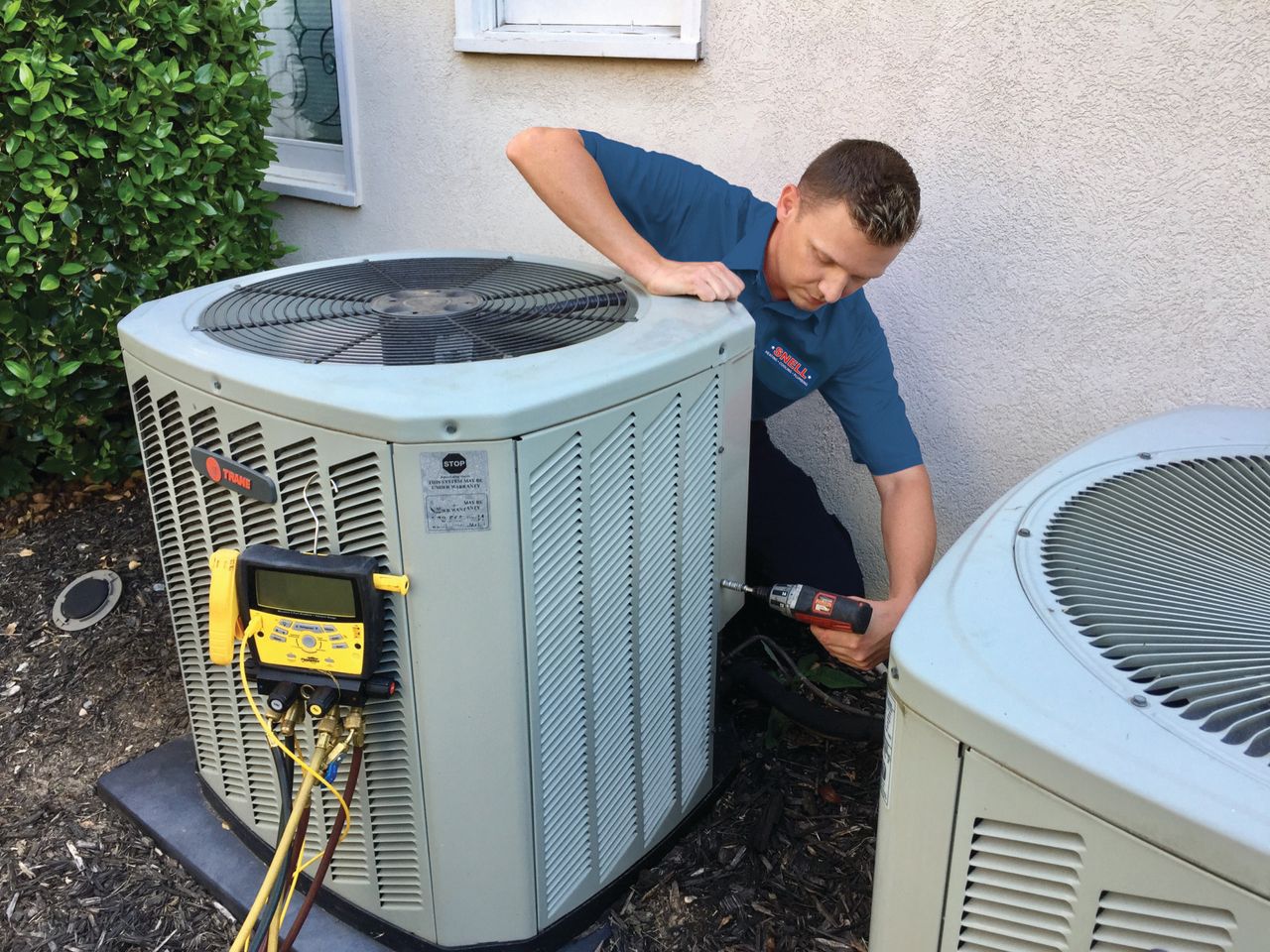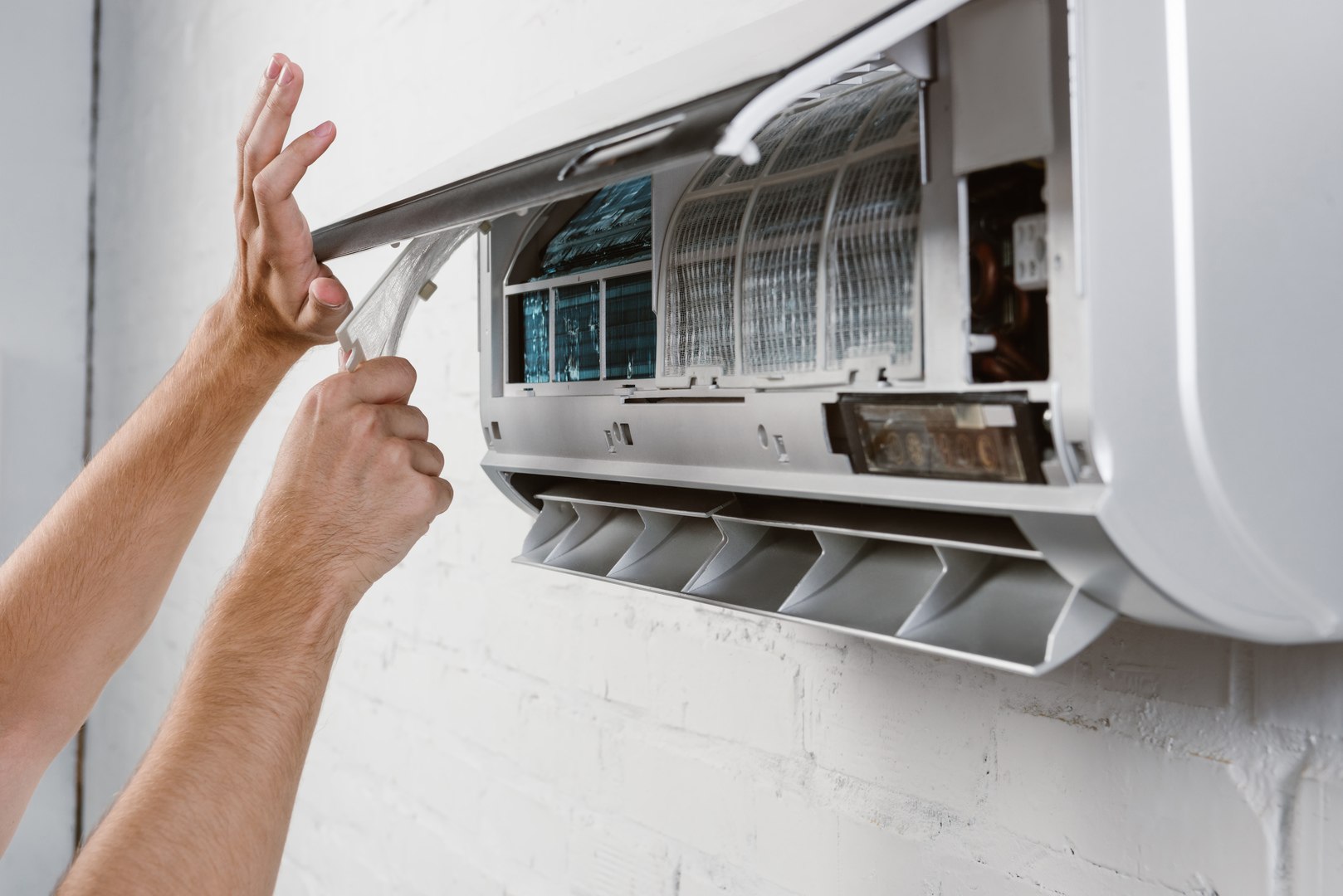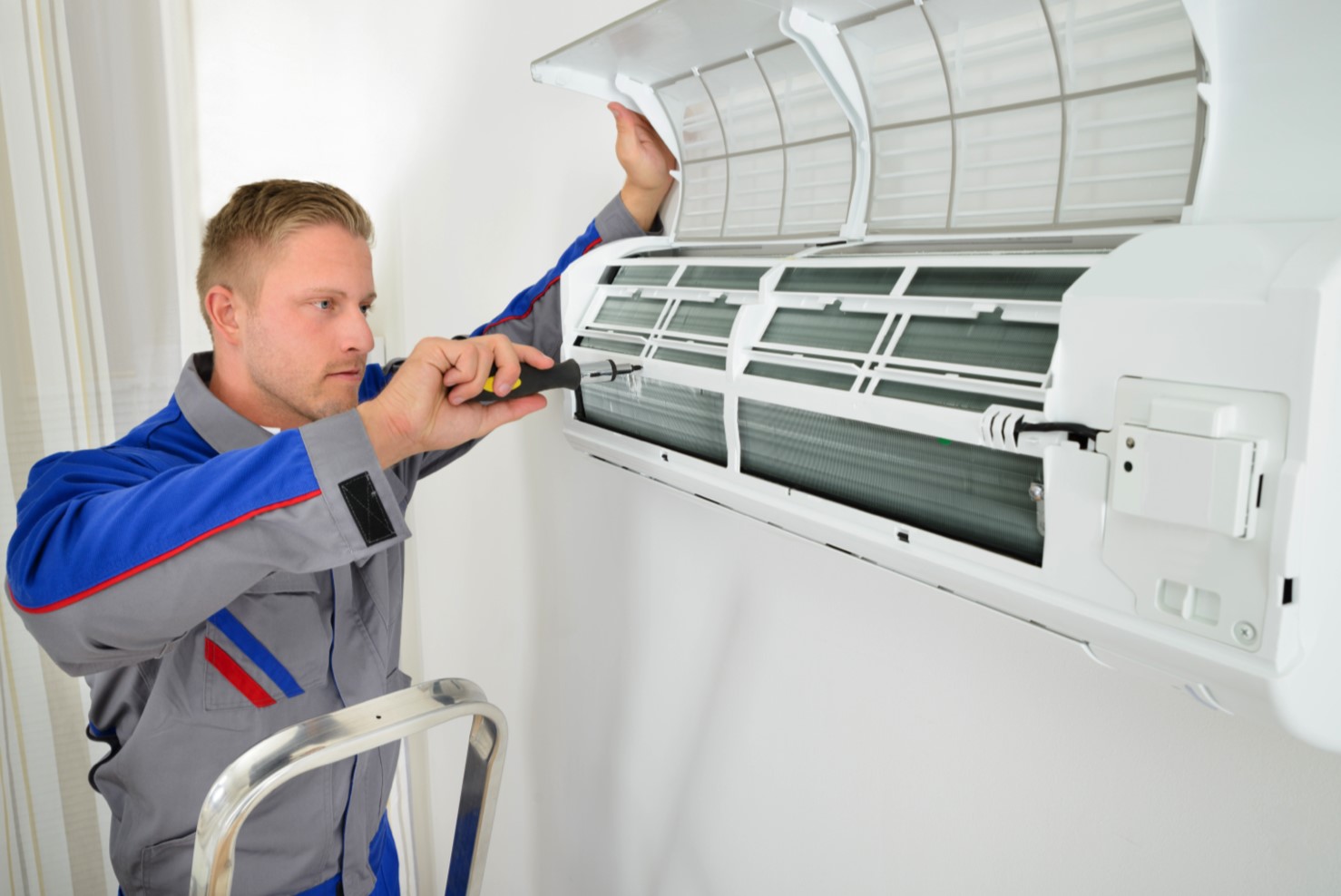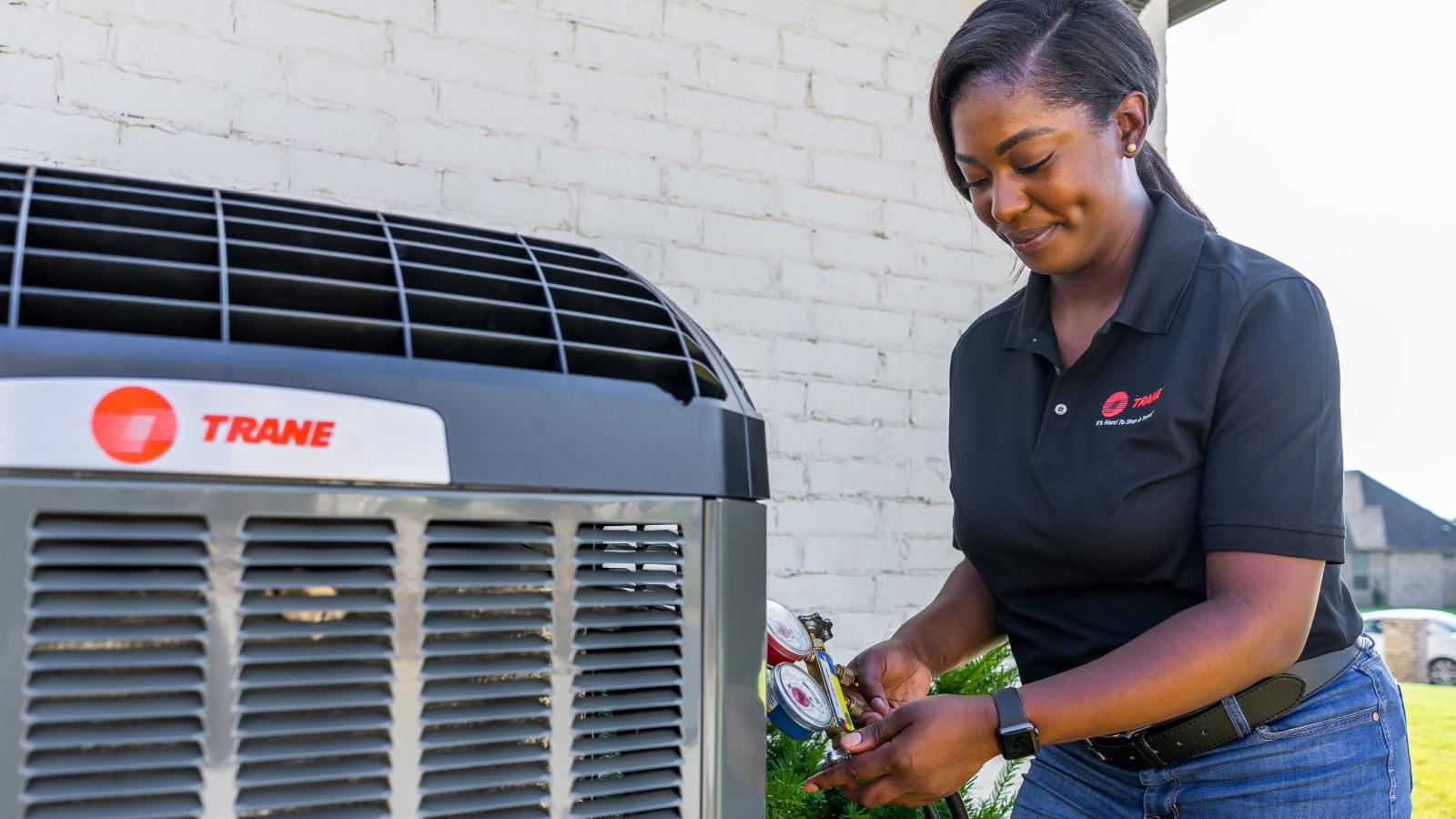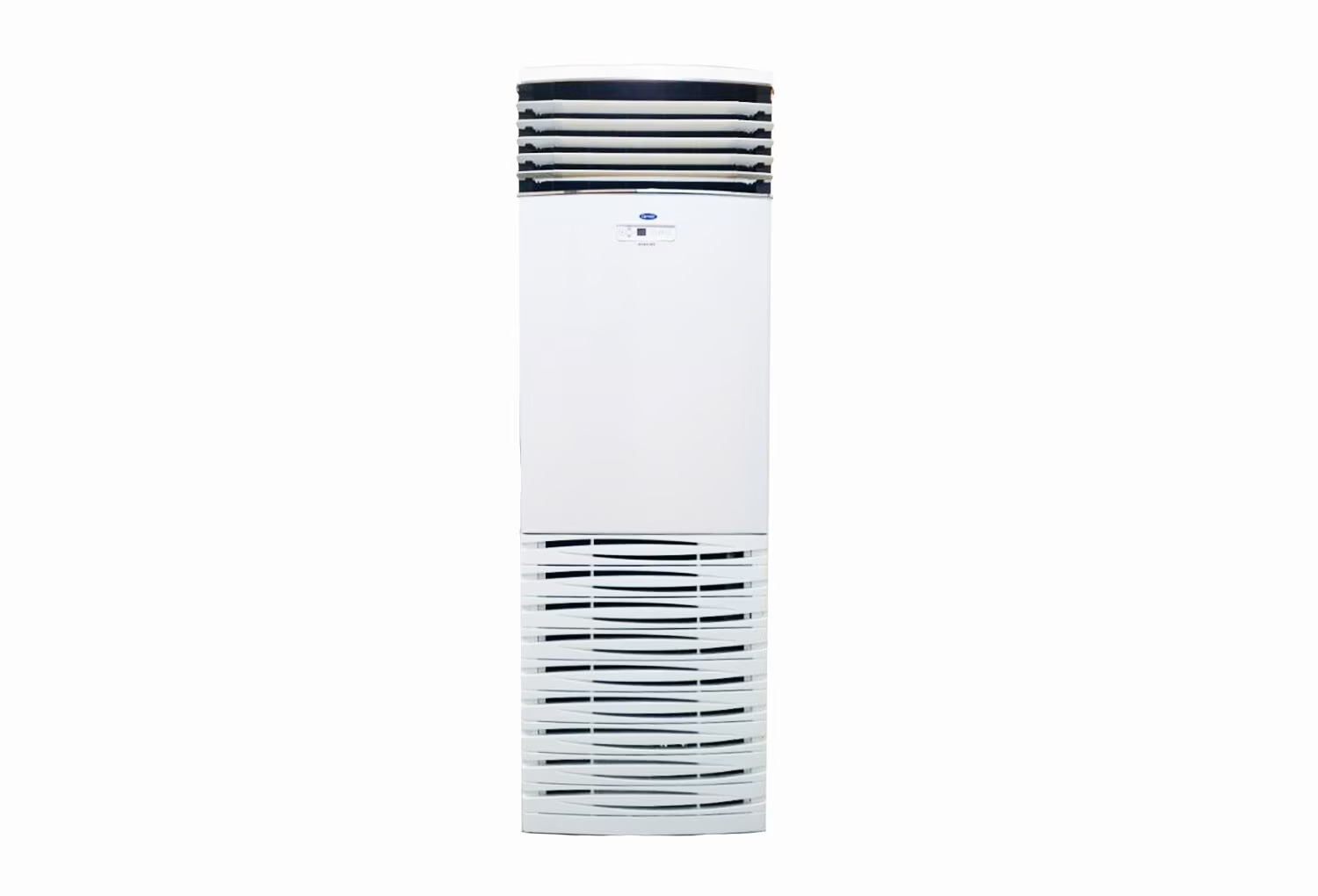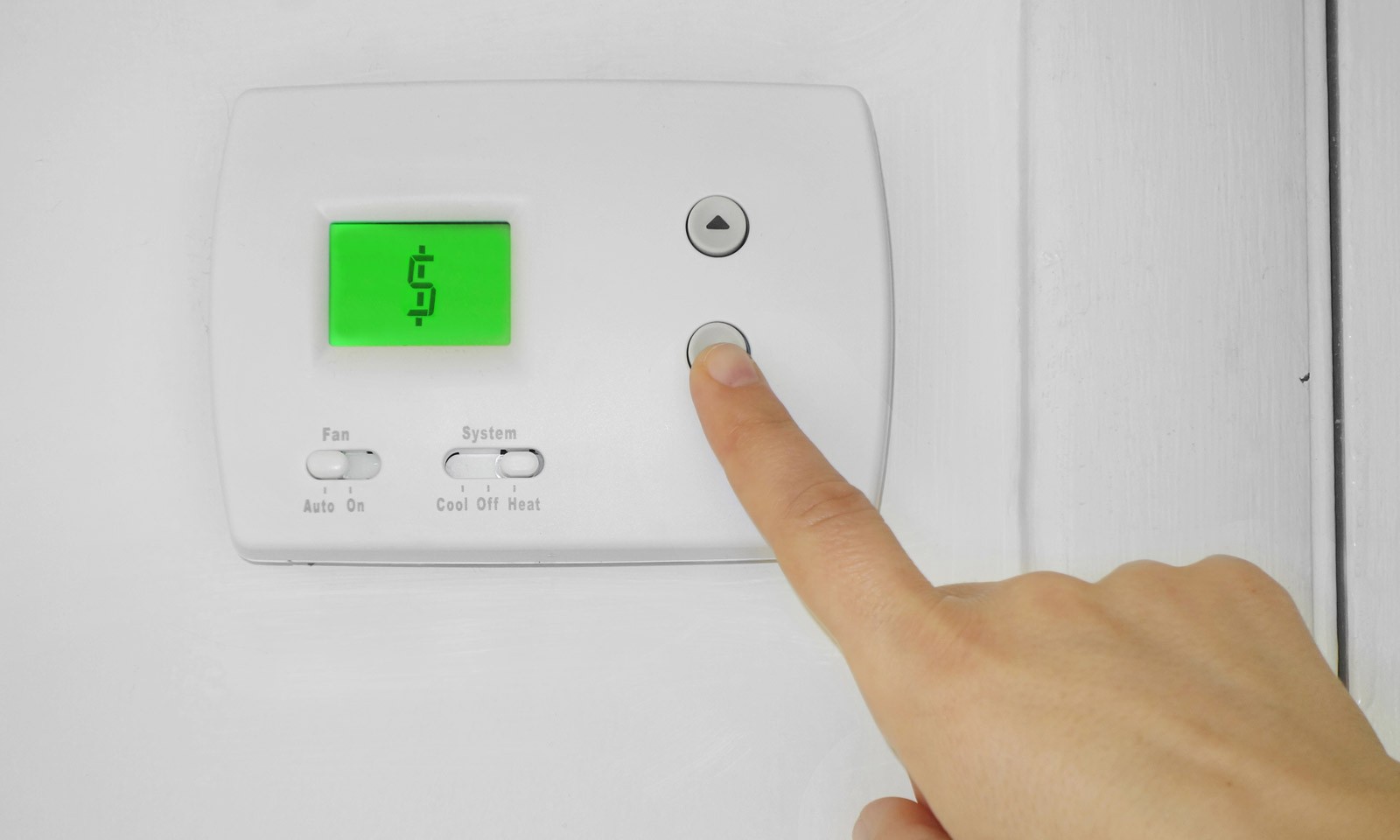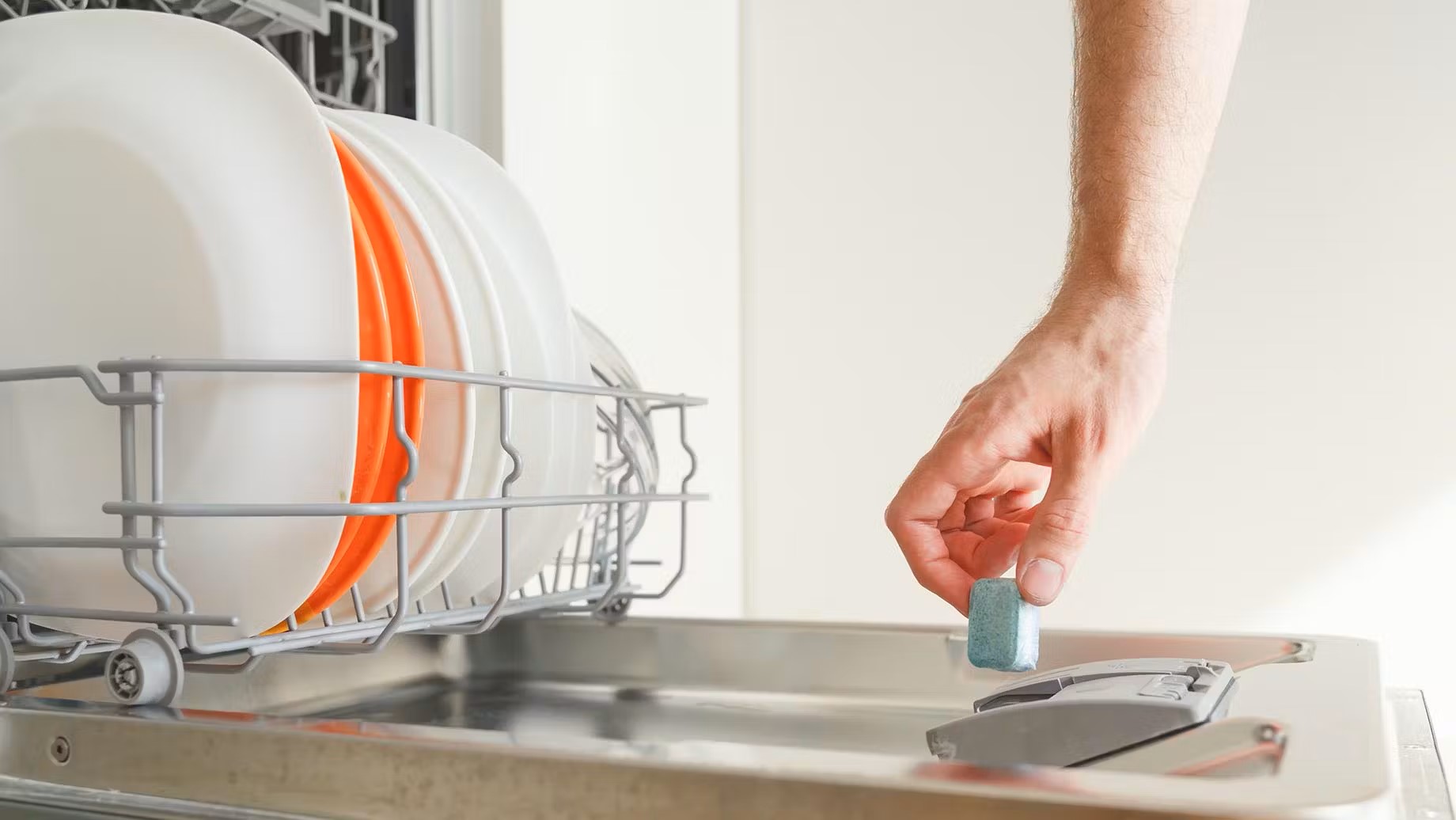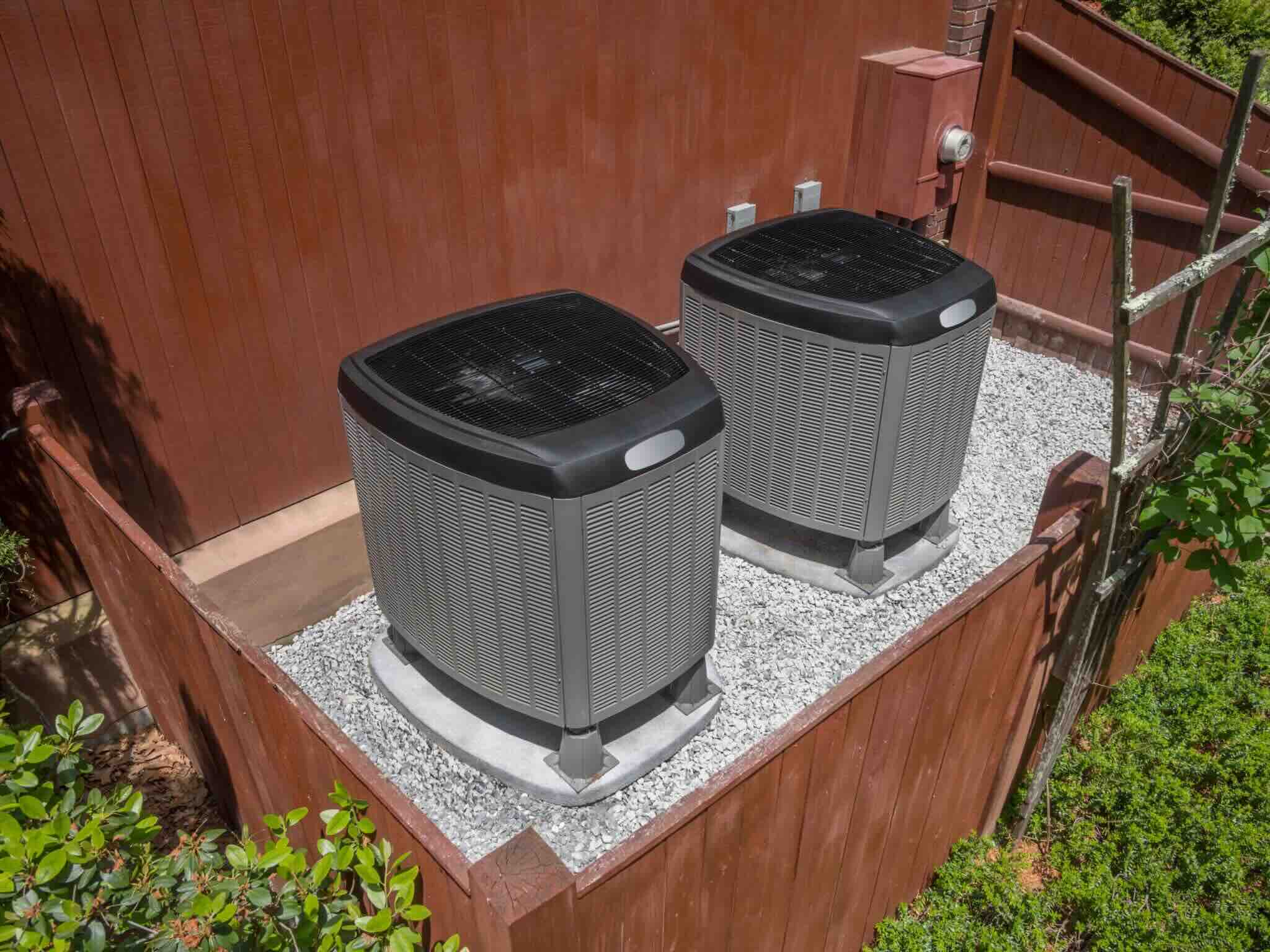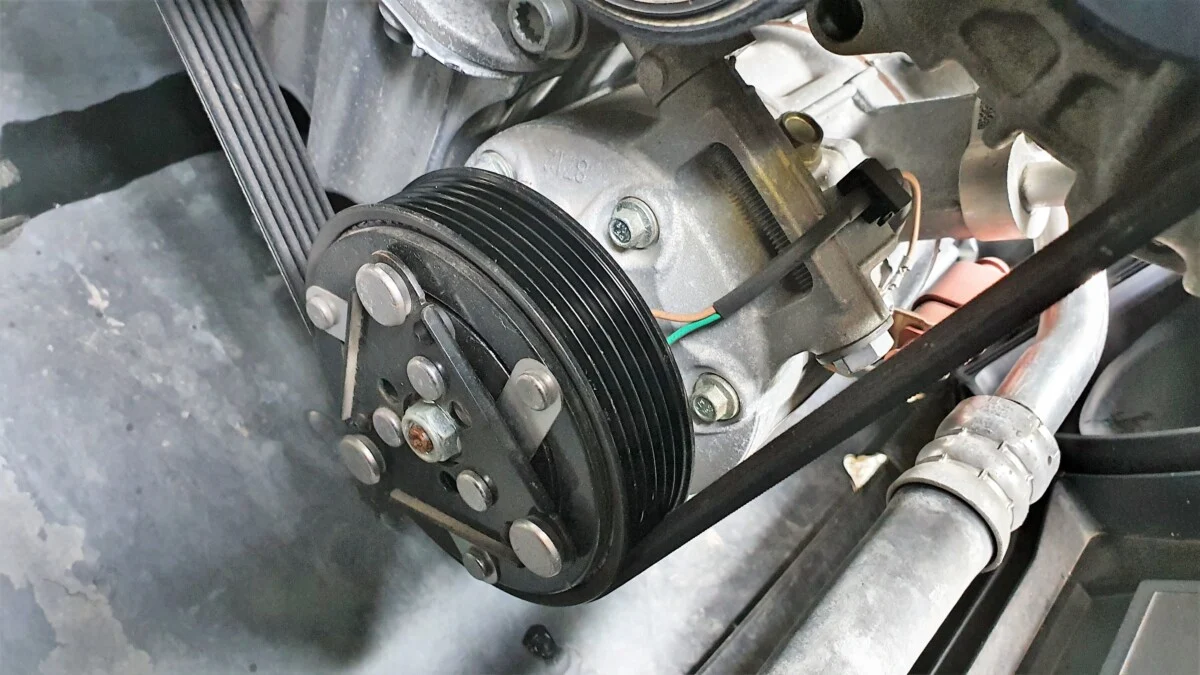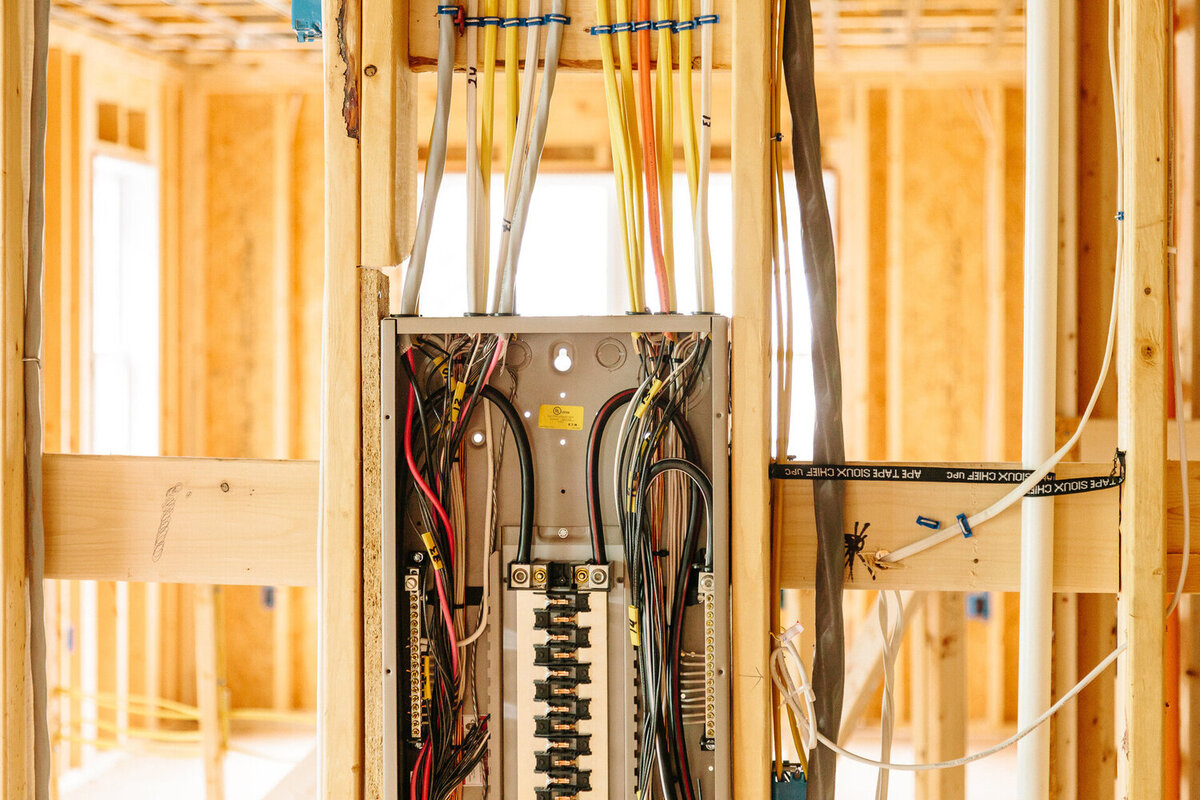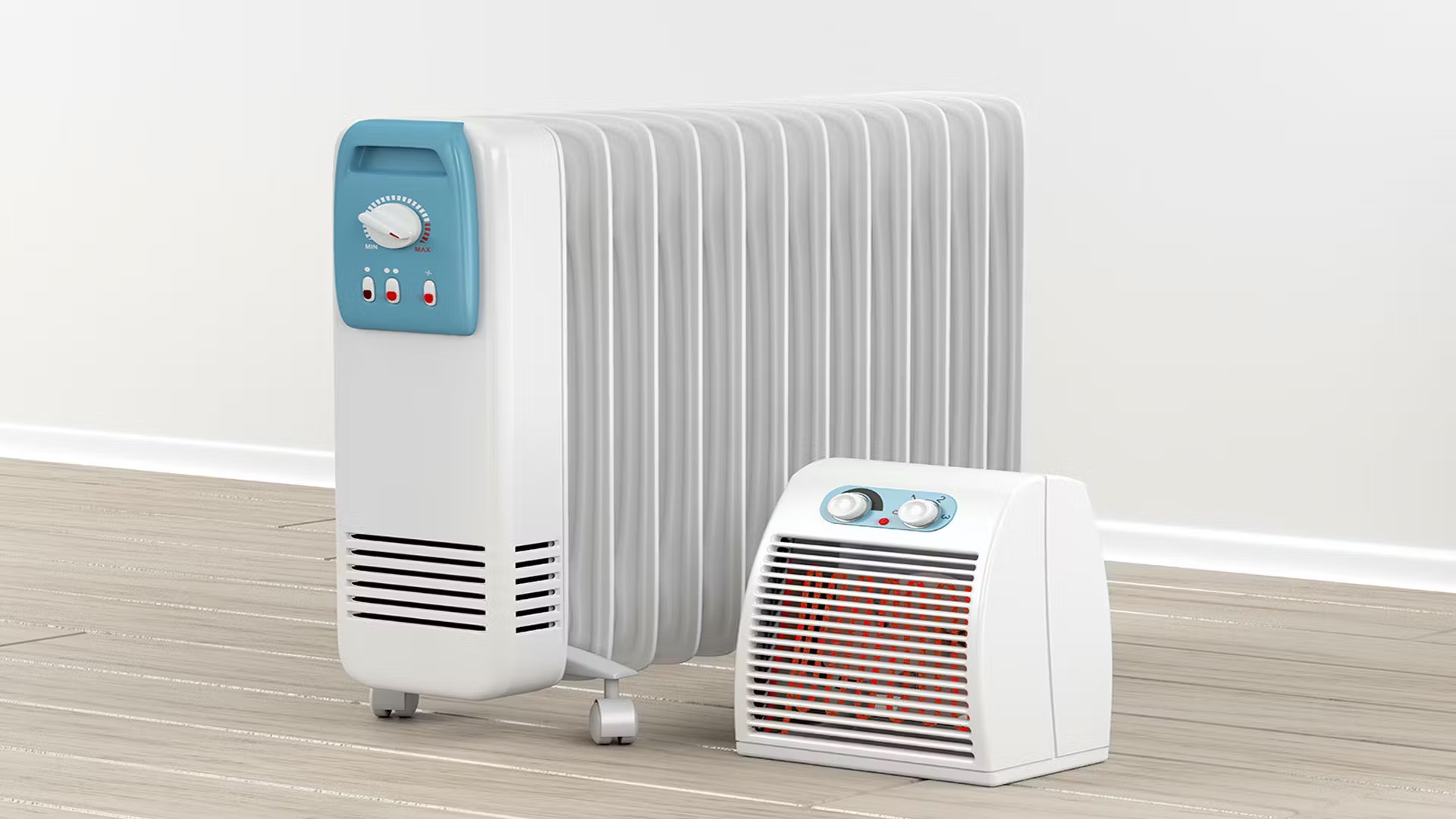Home>Home Maintenance>How Much Does It Cost To Run A Window Air Conditioner
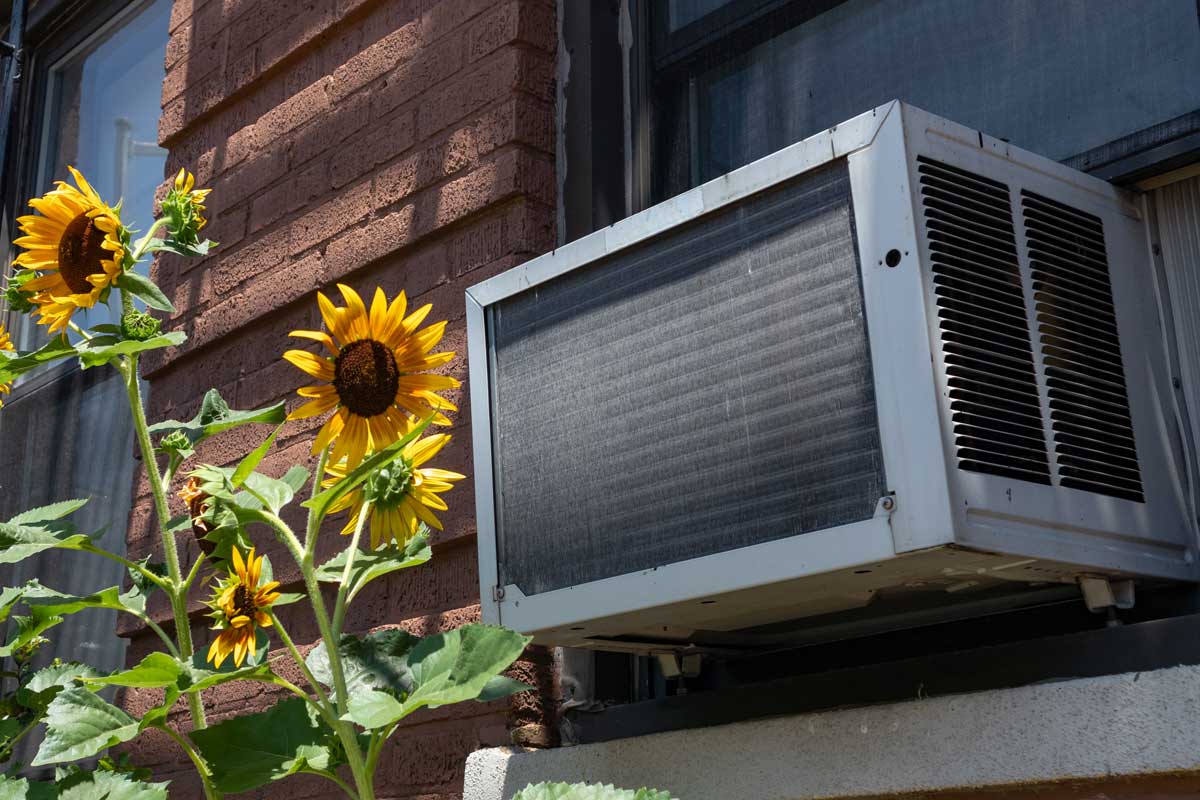

Home Maintenance
How Much Does It Cost To Run A Window Air Conditioner
Modified: March 7, 2024
Learn how much it costs to run a window air conditioner and save money on your home maintenance. Discover tips for optimal efficiency.
(Many of the links in this article redirect to a specific reviewed product. Your purchase of these products through affiliate links helps to generate commission for Storables.com, at no extra cost. Learn more)
Introduction
Hot and humid summers can be unbearable, but luckily, window air conditioners provide a cost-effective solution to keep your home cool and comfortable. However, the convenience of having a window air conditioner comes with a price. Understanding the cost of running a window air conditioner is essential for homeowners looking to manage their energy consumption and keep their utility bills in check.
In this article, we will explore the various factors that affect the cost of running a window air conditioner, discuss the energy efficiency of these appliances, and provide tips on how to reduce their energy consumption. By the end, you’ll have a clearer understanding of the costs associated with running a window air conditioner and the steps you can take to minimize them.
Key Takeaways:
- Keep your home cool without breaking the bank by choosing an energy-efficient window air conditioner with a high SEER rating and the right BTU size for your room. Optimize temperature settings and usage patterns to save on energy costs.
- Reduce the cost of running a window air conditioner by implementing simple tips like proper sizing, temperature optimization, using energy-saving features, regular maintenance, and maximizing natural ventilation. Balance comfort and energy efficiency for cost-effective cooling.
Factors Affecting the Cost of Running a Window Air Conditioner
Several factors come into play when determining the cost of running a window air conditioner. Understanding these factors will help you make informed decisions and manage your energy consumption effectively:
- Energy Efficiency Rating: The energy efficiency of a window air conditioner is measured by its Seasonal Energy Efficiency Ratio (SEER) rating. Higher SEER ratings indicate greater energy efficiency and lower operating costs. When purchasing a window air conditioner, look for models with high SEER ratings to maximize energy savings.
- Size of the Unit: The cooling capacity of a window air conditioner is measured in British Thermal Units (BTUs). Choosing the right BTU rating for your room size is crucial. An undersized unit will work harder and consume more energy to cool the space, while an oversized unit may cycle on and off frequently, leading to inefficient energy usage.
- Temperature Settings: Setting your window air conditioner to a lower temperature will result in higher energy consumption. While it’s tempting to set it at the coldest setting during hot summer months, adjusting the temperature a few degrees higher can help reduce energy usage and save on costs.
- Usage Patterns: How often and for how long you run your window air conditioner directly affects its energy consumption. If you run it continuously, expect higher energy bills. Using programmable timers or smart thermostats can help regulate usage and prevent unnecessary cooling.
- Insulation and Home Layout: The insulation quality of your home and the layout of the rooms can impact the energy efficiency of your window air conditioner. Well-insulated homes retain cool air better, allowing the unit to operate more efficiently and consume less energy.
By considering these factors and making informed choices, you can optimize the energy consumption of your window air conditioner and minimize its impact on your utility bills.
Energy Efficiency of Window Air Conditioners
When it comes to window air conditioners, energy efficiency plays a significant role in determining their operating costs. Here are some key points to consider regarding the energy efficiency of these appliances:
- SEER Ratings: Seasonal Energy Efficiency Ratio (SEER) is a measure of a window air conditioner’s energy efficiency. The higher the SEER rating, the more efficient the unit is in utilizing energy. Look for air conditioners with high SEER ratings to minimize energy consumption and save on costs in the long run.
- Inverter Technology: Some window air conditioners utilize inverter technology, which adjusts the compressor speed based on cooling needs. This technology allows the unit to operate at variable speeds, matching the cooling requirements of the room more accurately. Inverter air conditioners are generally more energy-efficient and provide better temperature control.
- Energy-Saving Features: Many window air conditioners come with energy-saving features such as programmable timers, sleep modes, and eco-friendly settings. These features allow you to customize and optimize the unit’s operation, reducing energy consumption during times when cooling is not necessary.
- Maintenance and Cleanliness: Regular maintenance and cleaning are essential for ensuring optimal energy efficiency. A dirty or clogged unit will strain the compressor and make it work harder, resulting in higher energy consumption. Keep the air filter clean, check for debris or blockages, and schedule annual professional maintenance to keep the unit operating efficiently.
Investing in an energy-efficient window air conditioner not only reduces your environmental impact but also helps you save money on your energy bills. Be sure to compare models, read customer reviews, and look for products with energy-efficient features to make a wise and cost-effective choice.
Calculating the Energy Consumption of a Window Air Conditioner
To get a better understanding of the cost of running a window air conditioner, it’s important to know how to calculate its energy consumption. Here’s a simple step-by-step process to help you estimate the energy usage:
- Determine the wattage: Find the wattage rating of your window air conditioner. It is usually mentioned on the unit itself or in the product specifications. The wattage represents the amount of electrical power the unit consumes.
- Calculate the daily energy consumption: Multiply the wattage by the number of hours you run the window air conditioner each day. For example, if your unit consumes 1000 watts and you run it for 8 hours a day, the daily energy consumption is 1000 watts x 8 hours = 8000 watt-hours or 8 kilowatt-hours (kWh).
- Estimate the monthly energy consumption: Multiply the daily energy consumption by the number of days you use the air conditioner in a month. If, for example, you use the air conditioner for 30 days a month, the monthly energy consumption would be 8 kWh x 30 days = 240 kWh.
- Convert to monetary cost: Multiply the monthly energy consumption by the cost per kilowatt-hour charged by your utility provider. This information can usually be found on your electricity bill. If the cost per kilowatt-hour is $0.15, the monthly cost would be 240 kWh x $0.15 = $36.
Keep in mind that this calculation is an estimate and may not account for variations in energy consumption due to factors such as temperature settings, usage patterns, and environmental conditions. It serves as a useful guideline to help you anticipate and manage the energy costs associated with running a window air conditioner.
Consider the size of the room and the energy efficiency of the unit when calculating the cost to run a window air conditioner. A larger room or less efficient unit will result in higher energy usage and costs.
Determining the Cost of Running a Window Air Conditioner
Calculating the cost of running a window air conditioner involves considering factors such as energy consumption, electricity rates, and usage patterns. Here’s a step-by-step approach to help you determine the cost:
- Calculate the energy consumption: Follow the previous steps to estimate the monthly energy consumption of your window air conditioner.
- Find your electricity rate: Refer to your electricity bill or contact your utility provider to identify the cost per kilowatt-hour (kWh) for your residential electricity.
- Multiply the energy consumption by the electricity rate: Multiply the monthly energy consumption of your window air conditioner by the electricity rate. For instance, if your unit uses 240 kWh per month and the electricity rate is $0.15 per kWh, the cost would be 240 kWh x $0.15 = $36 per month.
It’s important to note that this calculation provides an estimate of the energy cost for running the window air conditioner alone. Other factors, such as your overall electricity usage and seasonal variations in rates, may impact your total utility bill.
Additionally, keep in mind that newer models with higher energy efficiency ratings may result in lower energy costs compared to older, less efficient units. Investing in an energy-efficient window air conditioner can lead to long-term savings.
By understanding the energy consumption and cost associated with running your window air conditioner, you can make informed decisions about its usage and take steps to manage your energy consumption effectively.
Tips for Reducing the Cost of Running a Window Air Conditioner
While window air conditioners provide much-needed relief during hot summer months, they can also contribute to higher energy bills. Here are some tips to help you reduce the cost of running a window air conditioner:
- Properly size your unit: Choose a window air conditioner with the appropriate cooling capacity (BTUs) for your room size. An undersized unit will work harder to cool the space, consuming more energy, while an oversized unit may cycle on and off frequently, wasting energy.
- Optimize temperature settings: Set your window air conditioner to the highest comfortable temperature. Each degree lower increases energy consumption by about 3-5%. Consider using a programmable thermostat or a smart thermostat to automatically adjust the temperature based on your schedule and preferences.
- Use energy-saving features: Take advantage of the energy-saving features on your window air conditioner, such as sleep mode, eco mode, or timer settings. These features help regulate cooling and reduce energy consumption during times when cooling is not needed or when you are away from home.
- Maintain and clean the unit: Regularly clean or replace the air filter to ensure proper airflow and prevent dust and debris from clogging the unit. Also, keep the exterior of the unit clean and free from obstructions. A well-maintained unit operates more efficiently, reducing energy consumption.
- Utilize natural ventilation: Take advantage of cooler evening temperatures and natural airflow by opening windows and using fans. This can help reduce reliance on the window air conditioner during milder weather conditions.
- Maximize insulation: Properly insulate your home to prevent cool air from escaping and hot air from entering. Use weatherstripping, seal gaps around windows and doors, and consider insulating the area around the window air conditioner to improve its efficiency.
- Consider alternative cooling methods: In rooms that are not frequently occupied, you may want to explore alternative cooling options such as portable fans, ceiling fans, or evaporative coolers. These options consume less energy and can supplement or reduce the need for the window air conditioner.
- Keep blinds and curtains closed: During the day, close blinds or curtains to block out the sun’s heat. This helps maintain a cooler indoor temperature and reduces the workload on your window air conditioner.
- Regularly inspect and seal ductwork: If your window air conditioner is connected to a central cooling system, ensure that the ductwork is properly sealed and insulated. Leaky ducts can result in air loss, reducing efficiency and requiring the air conditioner to work harder.
By implementing these tips, you can optimize the performance of your window air conditioner while reducing energy consumption and ultimately, saving money on your utility bills.
Conclusion
Running a window air conditioner during hot summer months provides much-needed relief but can also lead to increased energy consumption and higher utility bills. However, by understanding the factors that affect the cost of running a window air conditioner and implementing energy-saving strategies, you can minimize the financial impact while staying cool and comfortable.
Factors such as the energy efficiency rating, size of the unit, temperature settings, usage patterns, and home insulation all play a crucial role in determining the cost of running a window air conditioner. By selecting an energy-efficient model, sizing it correctly, setting optimal temperature settings, and utilizing energy-saving features, you can reduce energy consumption and save money.
Calculating the energy consumption and determining the cost of running a window air conditioner helps you anticipate and manage your utility bills accurately. By multiplying the monthly energy consumption with your electricity rate, you can estimate the cost associated with running the unit.
Additionally, implementing simple yet effective tips such as proper sizing, temperature optimization, usage of energy-saving features, regular maintenance, maximizing natural ventilation, improving insulation, and considering alternative cooling methods can further reduce the cost of running a window air conditioner.
Remember, it’s important to strike a balance between comfort and energy efficiency. By practicing energy-saving habits and making thoughtful decisions regarding your window air conditioner usage, you can create a comfortable living environment while minimizing your ecological footprint and keeping your energy bills under control.
With these insights and strategies in mind, you can enjoy the benefits of a window air conditioner without breaking the bank.
Frequently Asked Questions about How Much Does It Cost To Run A Window Air Conditioner
Was this page helpful?
At Storables.com, we guarantee accurate and reliable information. Our content, validated by Expert Board Contributors, is crafted following stringent Editorial Policies. We're committed to providing you with well-researched, expert-backed insights for all your informational needs.
